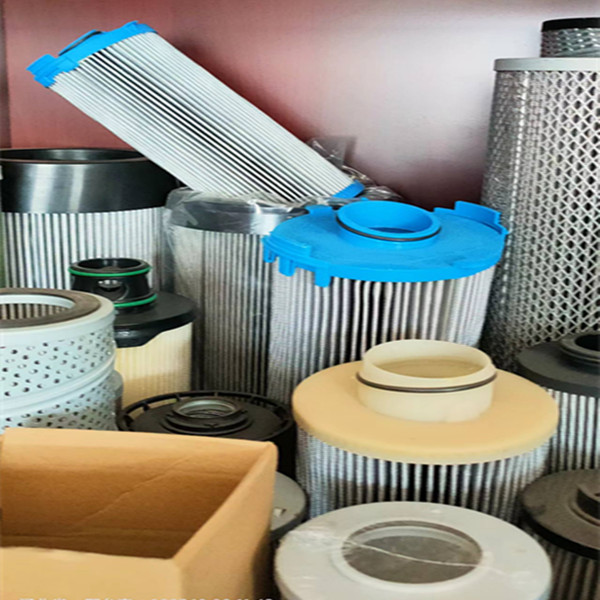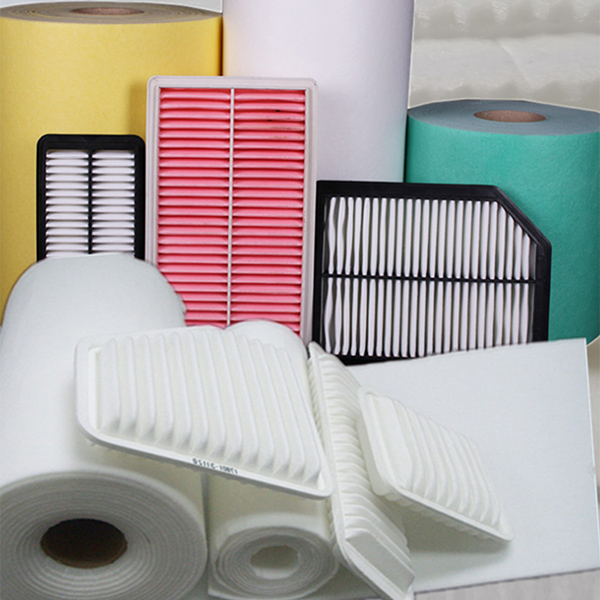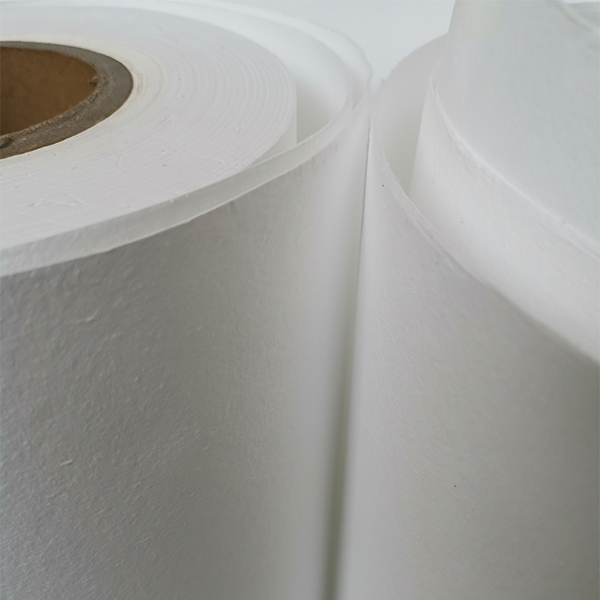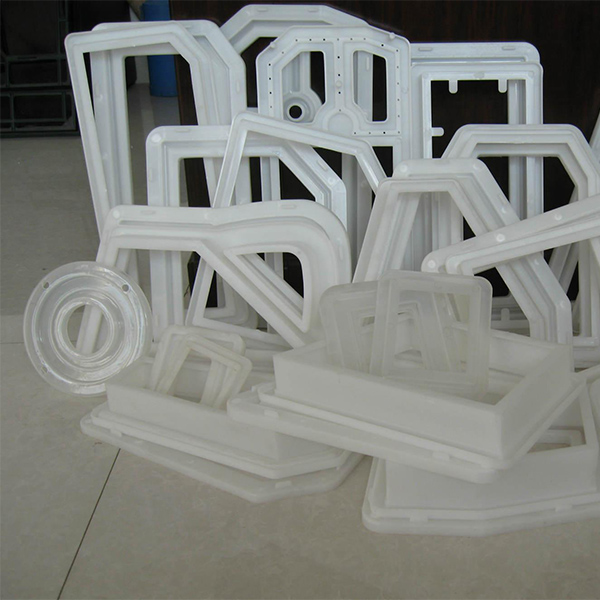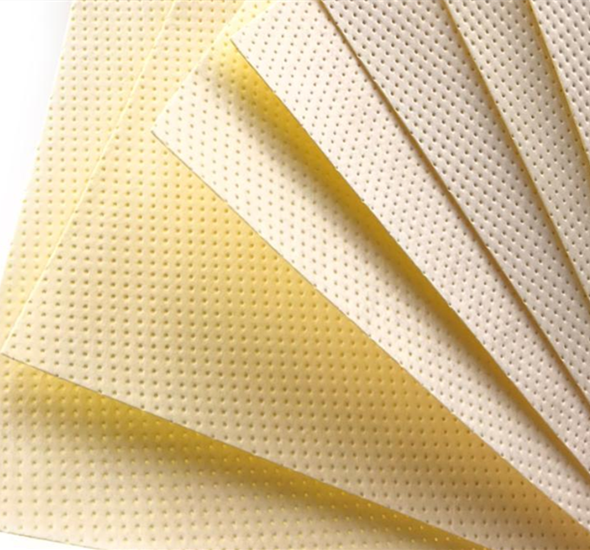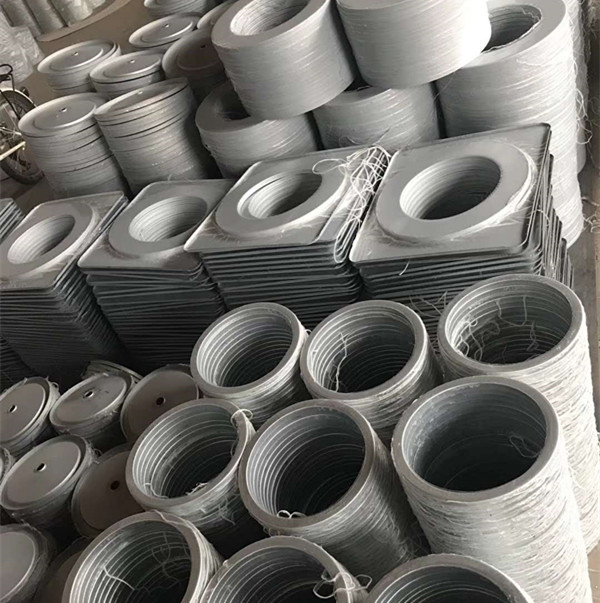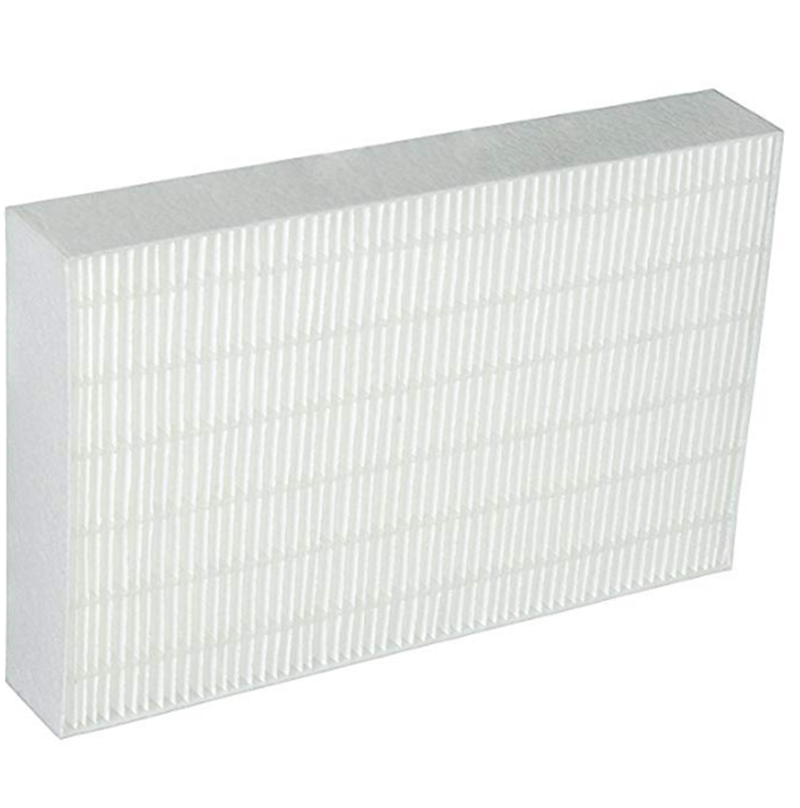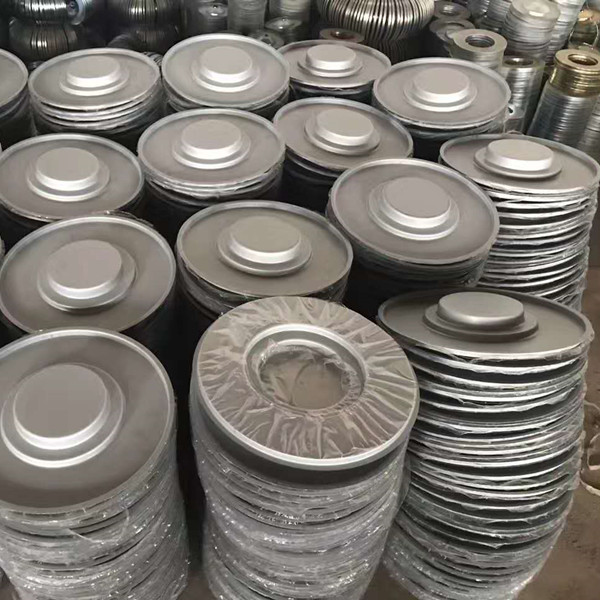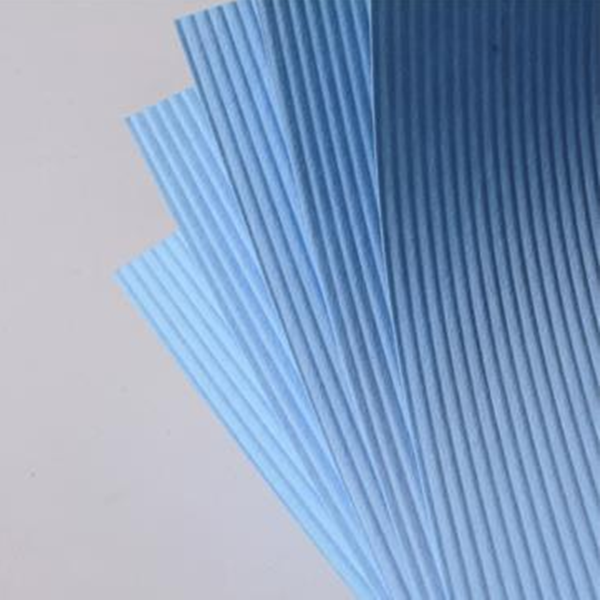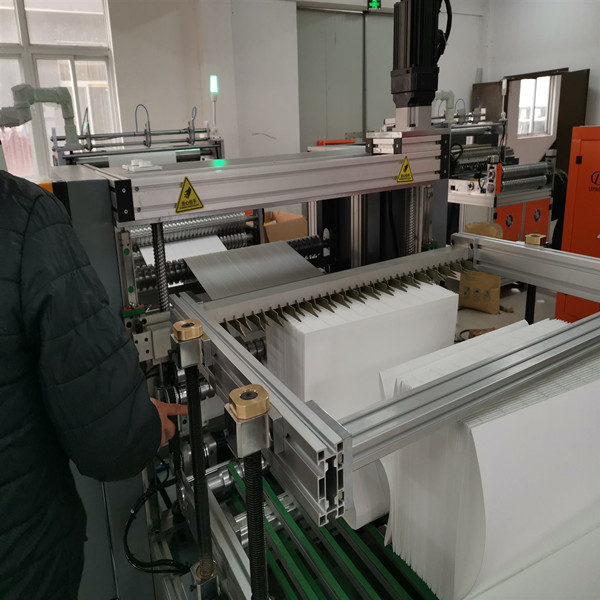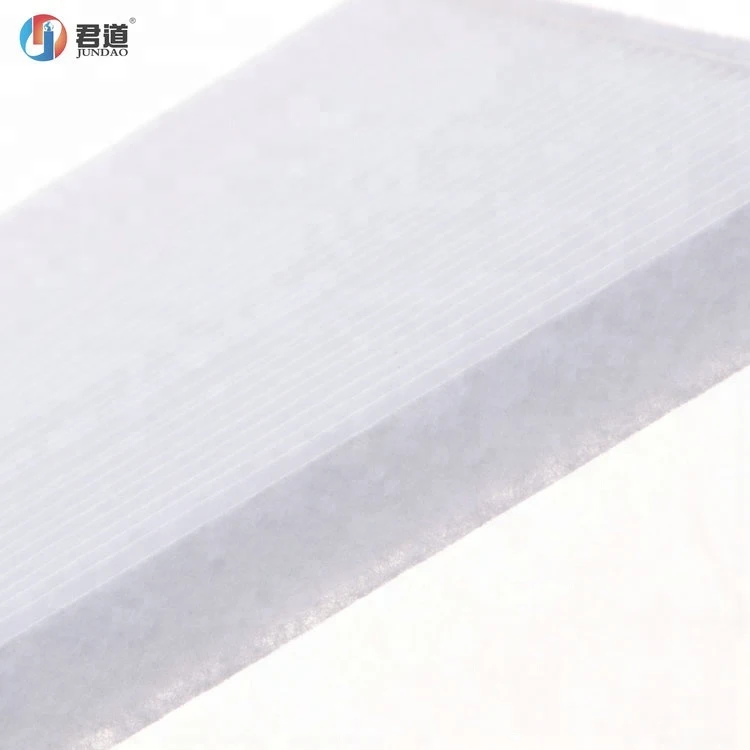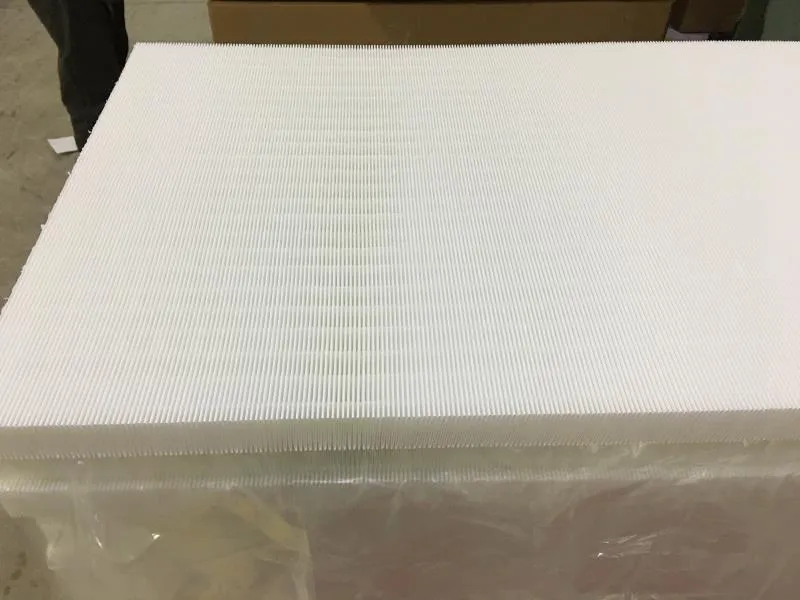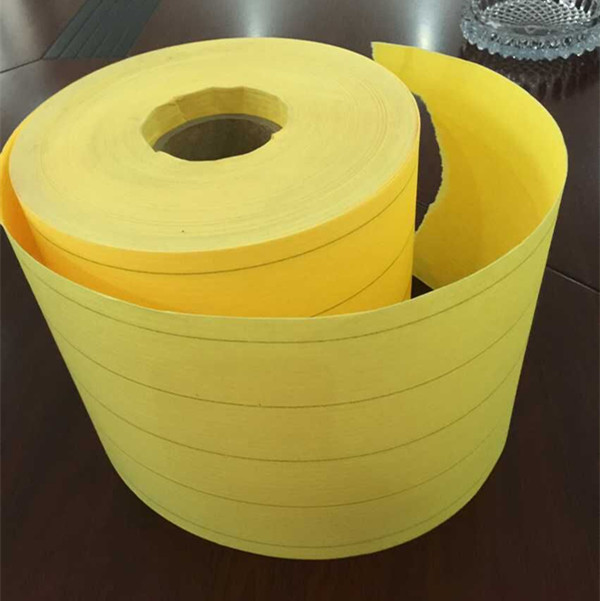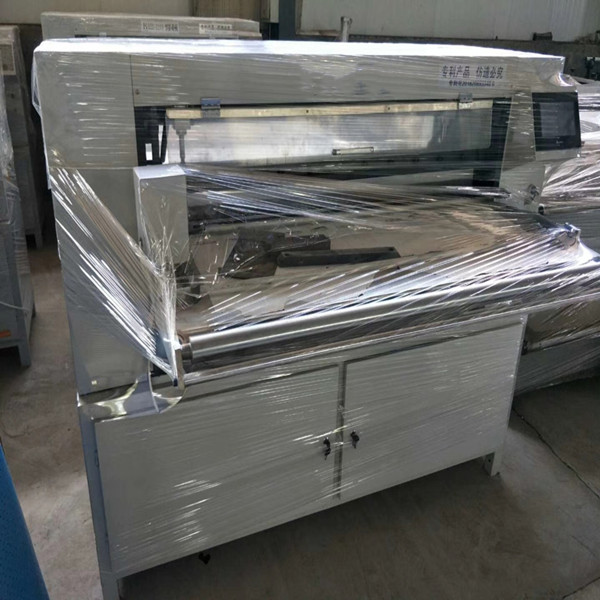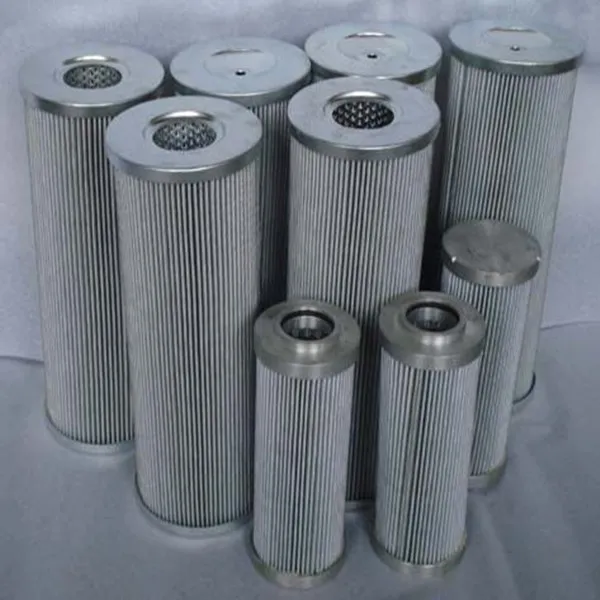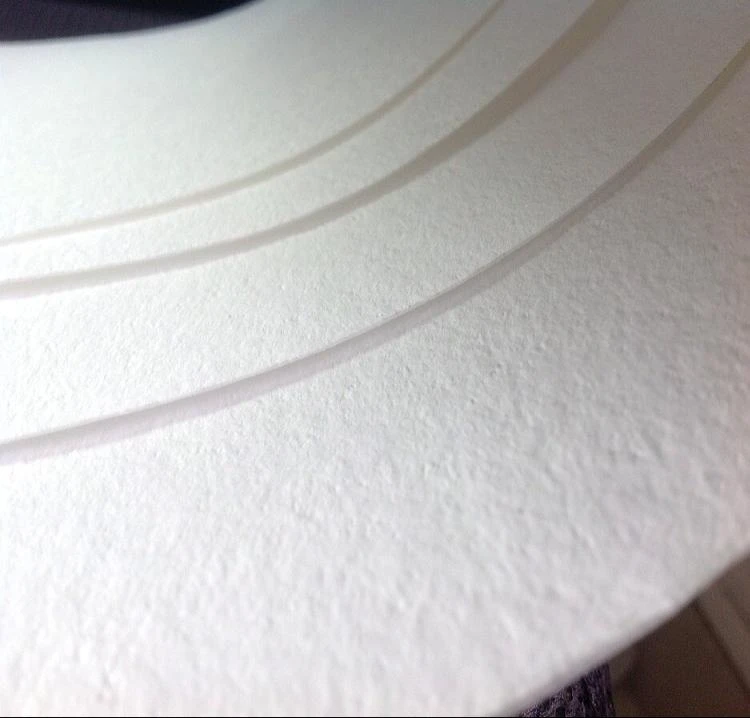Openbaar vervoer is een nieuwe verborgen gevarenplek geworden voor nieuwe kroonpneumonie-infectie, en het risico op overdracht is hoog. Er zijn veel gevallen van overdracht en ziekte veroorzaakt door bus-, taxi- en metrovervoer. Tijdens de periode van preventie en controle van de epidemie, naast het versterken van het beheer van preventie en controle van de epidemie in het transportveld (zoals stoelafstand, vermindering van kaartverkoop, enz.), en het verminderen van het risico op virusoverdracht in het openbaar vervoer, is autorijden de veiligste manier van reizen geworden.
Maar is reizen met de auto wel echt een veilige keuze?
In feite kan het besturen van een privéauto de kans op contact met patiënten met nieuwe coronaire longontsteking effectief verminderen in vergelijking met metro's en bussen, maar omdat de auto zelf een gesloten omgeving is, kan de passagier besmet raken zodra hij een geïnfecteerde persoon heeft. Seks is ook enorm toegenomen. Daarom mogen we, hoewel autorijden tot op zekere hoogte de veiligste manier van vervoer is, de noodzakelijke beschermende maatregelen bij het besturen van een voertuig niet negeren. Naast de hier genoemde veiligheidsmaatregelen moeten we nauw contact nog steeds beperken en maskers blijven dragen. Hoe we het probleem van het vergroten van de kans op luchtoverdracht van het virus in een gesloten autoomgeving vanaf de bron kunnen oplossen, is meer de moeite waard om te onderzoeken, omdat dit niet alleen tijdens de epidemie is. We moeten veiligheidsmaatregelen overwegen. Buiten de epidemie is de binnenluchtkwaliteit van auto's ook nauw verbonden met onze gezondheid en comfort.
How to improve the air quality in the car? In-car air quality has always been the focus of consumers’ attention. The new car quality research (IQS) report of the world’s authoritative research organization J.D. Power shows that car interior odor has become the first dissatisfaction in the Chinese market for many years. The main factors affecting air safety in the car are: 1. Air pollution outside the car. Car exhaust, PM2.5, pollen and other harmful suspended particles sneak into the car through the car window or air conditioning system. 2. Interior materials. There are a large number of non-metallic parts that are easy to volatilize in the car, such as plastic door panels, leather seats, and damping panels. There are 8 common volatile organic compounds in vehicles, and clear limits are given for these 8 substances in the national standard GB/T 27630-2011 “Guidelines for Air Quality Evaluation of Passenger Cars”. Serial number project Restriction requirements (mg/m³)
1 benzene ≤0.11
2 Toluene ≤1.10
3 Xylene ≤1.50
4 Ethylbenzene ≤1.50
5 Styrene ≤0.26
6 formaldehyde ≤0.10
7 Acetaldehyde ≤0.05
8 Acrolein ≤0.05
In order to solve the peculiar smell in the car and improve the air safety in the car, it is necessary to increase the cycle purification link in the closed car environment, and there is no doubt that the car air conditioning filter has become an important responsibility. The car air conditioner provides the original power for the exchange of indoor and outdoor air, but in order to satisfy the purification of the indoor circulating air, the outdoor air enters the car after being filtered. The filter becomes an essential artifact for the car owner! The small body shows great power, creating a safe and reliable space in the car, allowing car owners to enjoy healthy breathing at all times. Editor’s reminder: In order to avoid secondary pollution of the car air conditioner filter, generally speaking, it should be replaced after two to three months of use (the specific replacement frequency can be considered according to the actual frequency of use)

